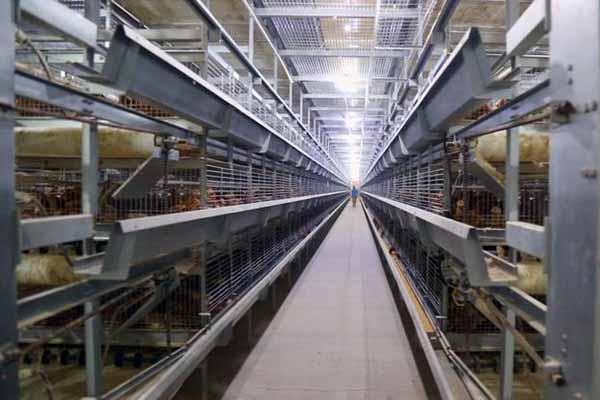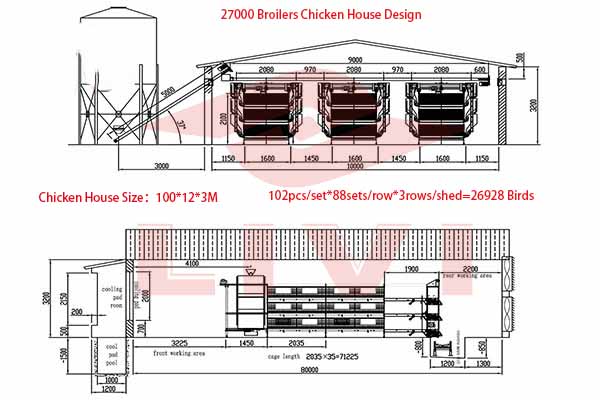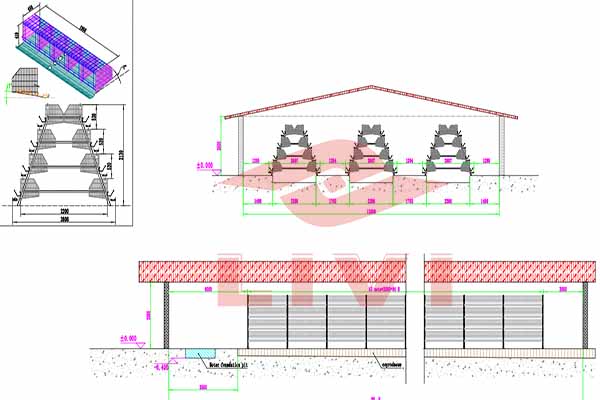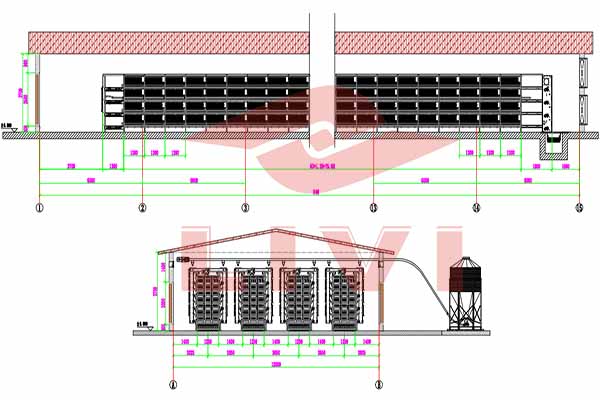Poultry Farming Solution for 20,000 Chickens in Zimbabwe
Optimizing Your Chicken Farm for Maximum Efficiency
Are you a poultry farmer in Zimbabwe looking to expand your operation to accommodate 20,000 chickens? Finding the right farming solution is crucial for the success and sustainability of your business. In this article, we will explore the key components of an effective poultry farming solution tailored for a 20,000-chicken setup in Zimbabwe.
Key Components of a Poultry Farming Solution
1. Infrastructure
– Brooder Houses: Ensure you have enough brooder houses to accommodate the chicks initially. A standard size for a brooder house is 10 square meters for 1,000 chicks.
– Growing Pens: As the chicks grow, they will need more space. Plan for growing pens that can house up to 2,000 chickens per pen.
– Laying Houses: For adult hens, provide laying houses with nesting boxes and perches.
2. Equipment
– Feeding Systems: Implement automated feeding systems to ensure consistent nutrition and reduce labor costs.
– Watering Systems: Use nipple or cup watering systems to provide clean water to all chickens.
– Ventilation: Proper ventilation is essential to maintain a healthy environment. Consider natural and mechanical ventilation options.
3. Biosecurity
– Sanitation: Regularly clean and disinfect all areas to prevent disease outbreaks.
– Access Control: Limit access to the farm to reduce the risk of introducing pathogens.
– Vaccination Program: Implement a comprehensive vaccination program to protect your flock.
4. Feed and Nutrition
– Quality Feed: Use high-quality feed that meets the nutritional requirements of your chickens.
– Supplements: Consider adding supplements to enhance growth and productivity.
5. Energy Efficiency
– Solar Power: Invest in solar panels to reduce electricity costs and ensure a stable power supply.
– Energy-Efficient Lighting: Use LED lighting to save on energy consumption.
Data to Consider
– Brooder House Capacity: 10 square meters per 1,000 chicks.
– Growing Pen Capacity: 2,000 chickens per pen.
– Laying House Capacity: 1,000 hens per house.
– Average Egg Production: 250-300 eggs per hen per year.
Projected Costs
– Brooder Houses: $10,000 – $15,000 per house.
– Growing Pens: $5,000 – $7,000 per pen.
– Laying Houses: $8,000 – $12,000 per house.
– Feeding Systems: $5,000 – $10,000.
– Watering Systems: $2,000 – $4,000.
– Ventilation System: $3,000 – $5,000.
Conclusion
Investing in a comprehensive poultry farming solution for 20,000 chickens in Zimbabwe requires careful planning and consideration of key components. By focusing on infrastructure, equipment, biosecurity, nutrition, and energy efficiency, you can create a sustainable and profitable operation.
For more information and to receive a free poultry farming design and equipment quote, please leave a comment below or contact us directly.





